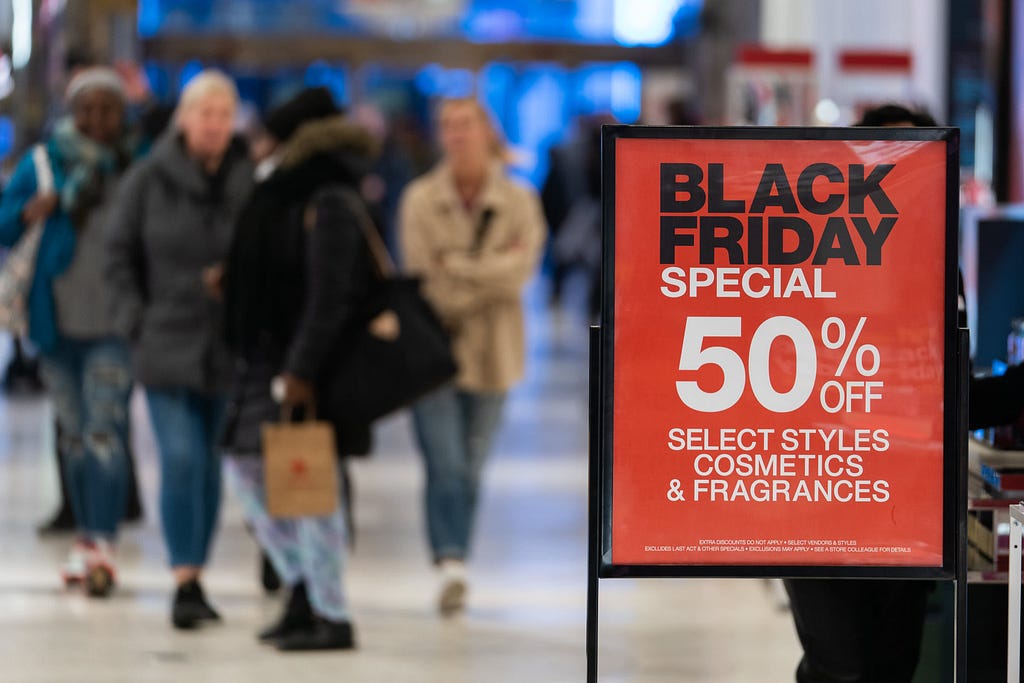
Scarcity principle is a psychological concept that states that the perceived value of a product increases when its availability is limited. This principle is often used to create a sense of urgency and exclusivity, making people purchase more quickly.
Here are 4 ways product creators can use the scarcity principle in their work:
1. Limited edition product
Products are released in limited quantities or for a limited time. This creates a sense of exclusivity, making the product more desirable.
Because of their scarcity, limited edition items often carry a higher perceived value. People are willing to pay a premium for something that is rare or unique. This allows businesses to charge more for these products compared to their regular offerings.

2. Flash sales
Time-limited sales, where products are available at a discount for a short period, encourage quick purchasing decisions. The idea that the deal might not be available later pushes people to act fast. Flash sales work well both in the digital and physical worlds. Black Friday is a good example. Even through the deals during Black Friday might not be best, a lot of people snag to lower prices.

In digital space, it’s possible to reinforce the sense of scarcity by using a countdown timer along with the sale promo mes

Important: Don’t fake flash sales. If the sale should end in 5 days, don’t continue the sale on the day 6. While the tactic of fake sales might lead to short-term gains, the long-term impact can be detrimental. Disappointed or disillusioned customers are likely to share their negative experiences with others, whether through word of mouth, social media, or reviews. This can harm the brand’s image.
3. Low stock alerts
E-commerce websites often display messages like “Low in stock” or “Last item available.” This alert triggers fear of missing out (FOMO), prompting consumers to purchase immediately.
Low stock alerts can trigger impulsive buying behavior. Even if a customer is not entirely sure about purchasing the product, the notification that the item might soon be unavailable can push them to buy it on the spot.


4. Exclusive access
Certain products are made available only to a specific group of people, like members of a loyalty program or those who sign up early. This restricted access makes the product seem more desirable.
Tom Ford, an acclaimed fashion designer known for his emphasis on luxury, made his first runway show private during his debut as a womenswear designer for his own label in September 2010. He did it for several reasons, primarily because he wanted to create a sense of exclusivity in the offering.

By not immediately revealing the collection to the public, Ford built anticipation and intrigue. The media and fashion insiders were buzzing about what had been shown behind closed doors, generating significant hype and interest in his debut collection. There is no need to say that when a fashion collection became available to a mass audience, it was sold out almost immediately.
Want To Learn UX?
Try Interaction Design Foundation. It offers online design courses that cover the entire spectrum of UX design, from foundational to advanced level.
This post contains affiliate link(s)
Scarcity Principle in UX Design was originally published in UX Planet on Medium, where people are continuing the conversation by highlighting and responding to this story.